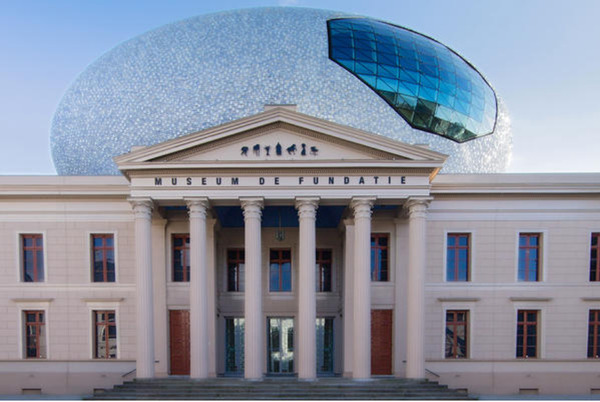-
Apr 21, 2025 - Sep 21, 2025
Lotta's beeld Silhouette II op ARTZUID 2025
ARTZUID 2025 - Verlichting / Enlightenment
21 mei - 21 septemberInternationale topkunstenaars en jong Nederlands talent tekenen voor de beelden en installaties die deze zomer te zien zijn op de Amsterdamse Apollolaan, Minervalaan en Zuidas. ARTZUID transformeert deze lanen tot een surreëel stedelijk landschap waarin figuratief werk wordt afgewisseld met architectonisch aandoende abstracte beelden. Ze vertonen een grote variëteit in formaat en materiaal. Wat ze verbindt is hun focus op het raadsel van het menselijke bestaan. De verwondering, de emoties en de visioenen van het zijn. De ambities en de angsten over onze plaats in de wereld.
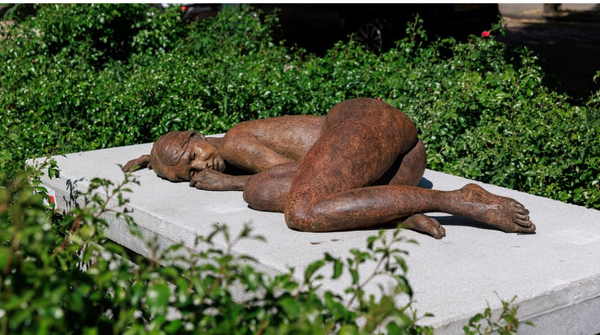
-
Mar 23, 2025 - Mar 23, 2025
Lezing en Q & A in boekhandel Scheltema
In de boekenweek 2025 komt beeldhouwer en auteur Lotta Blokker op zondagmiddag 23 maart om 14.00 langs bij Scheltema naar aanleiding van haar nieuwste boek IJsvogel, een bijzonder debuut. De levens van de personages zijn op een unieke manier met elkaar vervlochten in deze verfijnde en diepzinnige roman over onbereikbare liefdes.
Na de lezing is er een Q & A waar aanwezigen vragen kunnen stellen aan Lotta. Aansluitend zal Lotta haar nieuwste boek signeren. Wees Welkom!
Boekhandel Scheltema
Rokin 9
Amsterdam
U kunt het boek hier bestellen:
https://www.scheltema.nl/boek?authortitle=lotta-blokker/ijsvogel--9789021475585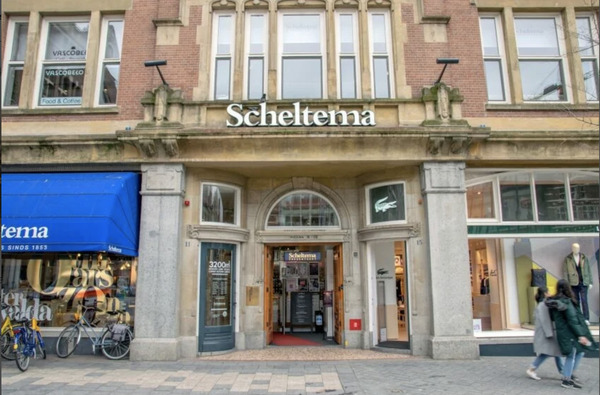
-
Nov 16, 2024 - Nov 17, 2024
Lezing en signeersessie van Lotta Blokker in evenementenhal Next Level
Beeldhouwster en schrijfster Lotta Blokker, Kunstenaar van het Jaar 2022, zal aanwezig zijn tijdens de Nationale Kunstdagen. Zaterdag en zondag om 13.00 en 15.00 uur vertelt ze over haar beelden en de totstandkoming van haar zojuist verschenen debuutroman IJSVOGEL. Na haar lezing is er tevens gelegenheid tot het stellen van vragen en een signeersessie met de kunstenares. Deze lezing is gratis te bezoeken, maar u dient wel een dag en tijd te selecteren. Dit kan via stap 2 in onderstaande ticketshop.Met de kortingscode LOTTA11 kunt u gratis reguliere tickets kopen (de code geeft 100% korting op een regulier ticket) via http://www.kunstdagen.nl/bezoeken. Nadat u een kaartje heeft besteld, kunt u direct op een van de lezingen klikken om deze bij te wonen.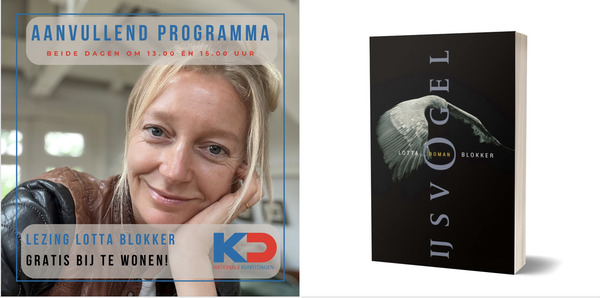
-
Oct 30, 2024 - Oct 30, 2024
Boekpresentatie debuutroman IJsvogel
Bij uitgeverij Querido verschijnt in oktober IJsvogel, het debuut van Lotta Blokker. We nodigen u van harte uit om de publicatie van deze roman feestelijk met ons te vieren bij boekhandel Athenaeum in Amsterdam.
Woensdag 30 oktober
Inloop vanaf 19 uur, begin programma 19.30
Spui 14-16, Amsterdam
Aanmelden graag via publiciteit@querido.nl
U kunt het boek bestellen: https://libris.nl/a/lotta-blokker/ijsvogel/501593634#paperback-9789021475585
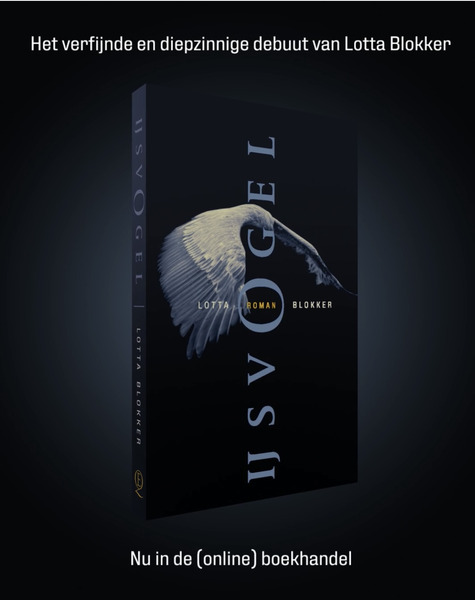
-
Sep 04, 2021 - Dec 05, 2021
LOTTA BLOKKER - BEELDEN
Lotta Blokker raakte de afgelopen jaren gefascineerd door afbeeldingen die op exemplarische wijze onrecht en verdriet tonen, zo krachtig dat ze het symbool worden van menselijk leed. Foto’s die de grote historische wreedheden in één beeld lijken te vangen, die iedereen kent. Ze vormen de inspiratiebron voor haar werk in de tentoonstelling BEELDEN.
Geconfronteerd met haar machteloosheid om iets aan dit leed te doen probeert Lotta Blokker met haar beelden, die wel lijken te ademen, de tijd stil te laten staan, of misschien zelfs terug te draaien. BEELDEN gaat over mensen, slachtoffers, maar ook over de helende kracht van kunst.
Ralph Keuning
Directeur Museum de Fundatie
